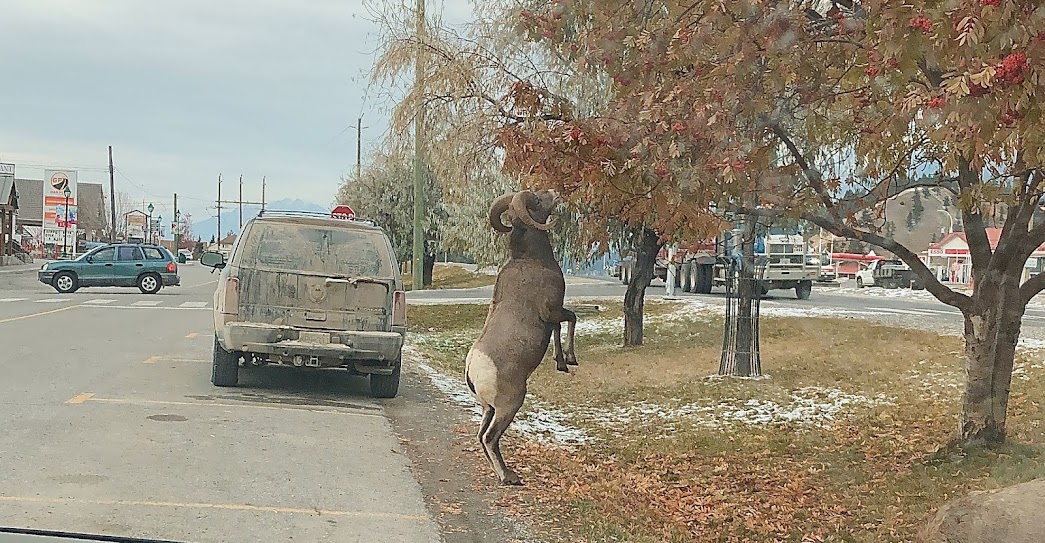This is a short pictorial on Chickadees of which there are 7 species in North America. I have pictures of 5. Missing is the Carolina and the Gray-headed. The Gray-headed is found in the far most northern regions of Alaska and the Yukon and the Carolina is found in the southern midwest and eastern states. Perhaps someday we may tack them on to our list but until then, here is what we do have. These hardy little birds which weigh less than 1/2 an ounce, can live quite a long life.
 |
| I took this picture of a Black-capped in Newfoundland. I was surprised to learn years ago that Black-capped are not found on Vancouver Island, Haida Gwai, and some Gulf Islands. Instead, they are replaced by the Chestnut-backed Chickadee. |
 |
| Boreal Chickadees are the largest chickadee at 5.5 inches. They are less social and more secretive than other Chickadees. They tend to habit more northerly environments. The oldest recorded Boreal Chickadee was at least 5 years, 4 months old which appears to be the least lived of all the chickadees. Like most chickadees, the Boreal Chickadee hides food regularly. Known as caching, this habit is probably vital for winter survival in the harsh boreal environment. |
 |
Our most common Chickadee is the Black-capped. It is 5.25 inches long. The oldest known Black-capped Chickadee was known to have lived over 12 years.
|
 |
Cattails supply a source of nesting material. - Every autumn Black-capped Chickadees allow brain neurons containing old information to die, replacing them with new neurons so they can adapt to changes in their social flocks and environment.
|
 |
| Mexican Chickadees have a large, black bib and are small at 5 inches. |
We found these Mexican Chickadees in the Chiricahua Mountains of Arizona. This is one of the few places they can be found outside of Mexico.
 |
| Chestnut-backed Chickadees are the smallest of our Chickadees at 4.75 inches. The Chestnut-backed Chickadee uses lots of fur in making its nest, with fur or hair accounting for up to half the material in the nest hole. |
 |
They are found all along the west coast and the Pacific Northwest. It is the only species of Chickadee found on Vancouver Island.
Mountain Chickadees are usually found in higher elevations across most of the evergreen forests of Western mountains. This one has found a larva. |
They are 5.25 inches. This one has an insect wing.
 |
- The oldest recorded Mountain Chickadee was a male, and at least 10 years, 1 month old when he was identified by his band, alive in the wild in Utah in 1974. He had been banded in the same state in 1965. It is estimated that their population has been reduced by 50% since 1966.
|
End of this blog. Scroll down for the previous blog or hit "Older posts"










































